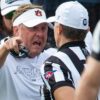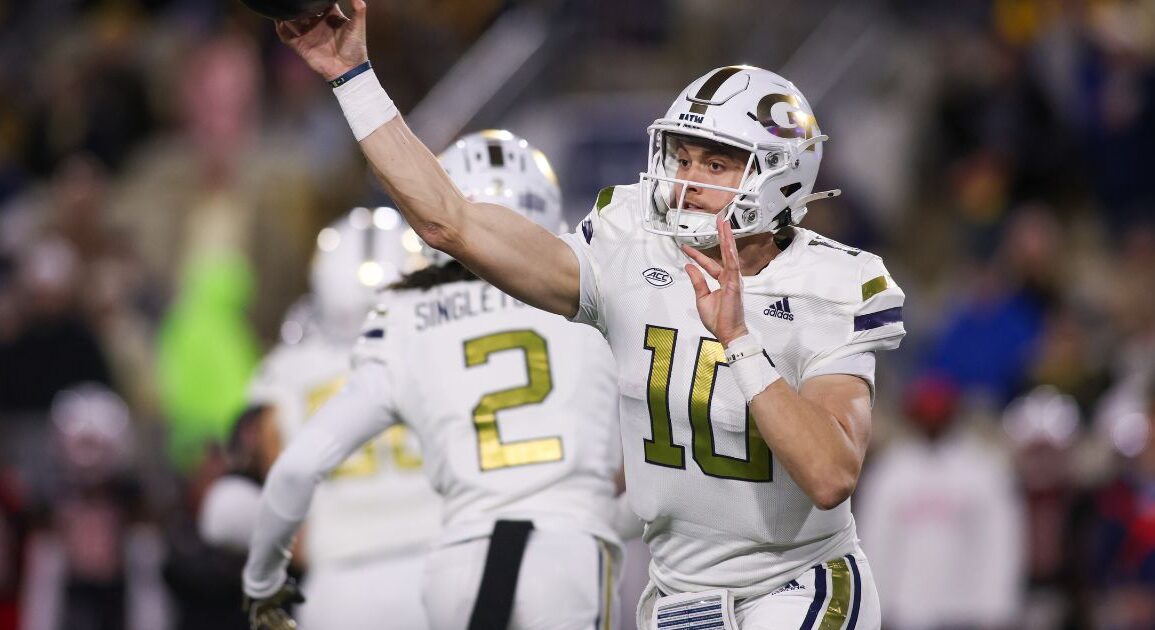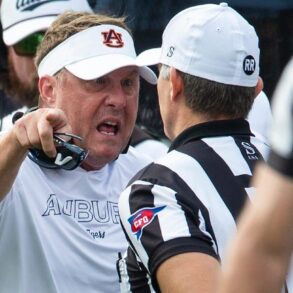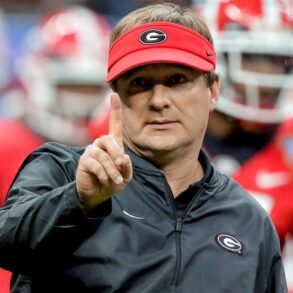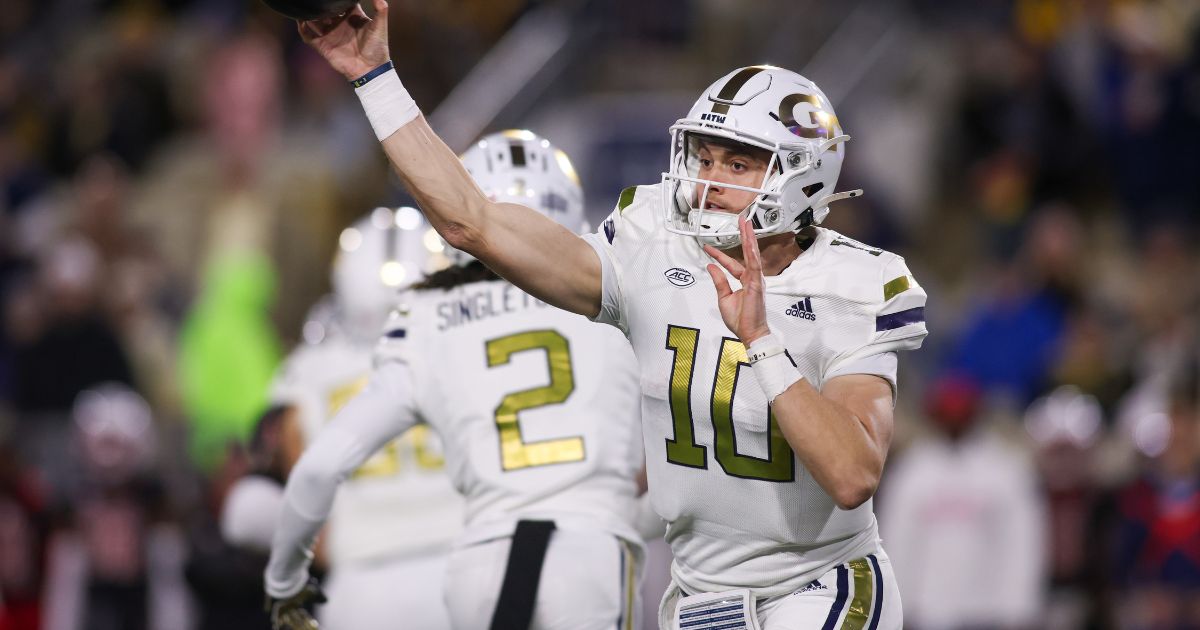
Between COVID exemptions, medical waivers, and court rulings on junior college eligibility that might even suggest (pending future challenges) that the NCAA may not possess any ability to limit eligibility or constrain trade for an enrolled student-athlete – irrespective of “eligibility” as arbitrarily defined by the NCAA – college football got older.
[Sign up for Inside Texas TODAY and get the BEST Longhorns scoop!]
And may continue to do so.
Not necessarily its superstars, who are eager to get into the NFL as soon as possible, but there is an upper middle class of quality college players who may not project cleanly to the next level, but who possess enormous value at the level below due to their college-friendly skill sets and deep experience.
For the first time, these players not only have the ability to be the Van Wilders of college football, but also now have the motivation. They’re being paid handsomely to stick around. Either to refurbish their NFL potential or to simply milk another year of financial gain in a game that they’ve now mastered.
Consider players like Diego Pavia, Haynes King, Carson Beck and Jalen Catalon.
All four athletes are 24 years old.
For context, that’s two years older than Houston Texans starting QB CJ Stroud, who is entering his 3rd year in the NFL.
The same age as Jacksonville signal caller Trevor Lawrence, who is entering his 5th year as the face of the franchise. If Lawrence retired tomorrow, he’d be eligible for a lifetime NFL pension and free medical care.
Puts things into perspective.
Diego Pavia (who you knew about years ago if you follow my Beating Vegas columns) is a 6th year player who starred at New Mexico State and has since rejuvenated Vanderbilt football into a giant slayer and a bowl game winner. His challenge of the NCAA on junior college eligibility allowed him a 6th year in Nashville, another million or more of NIL in his pocket, and the chance to work more magic in an offense built entirely around his skill set.
Pavia’s skill set has little chance of leveling up the to the pros, but it’s still a profitable one.
And that is the entire point.
Haynes King enters his 6th year at Georgia Tech. He already had a degree when he left Texas A&M (2020-2022) and has since been a two year starter for the Yellowjackets. His third starting season should exhaust his eligibility (we’ll see), and he’ll seek to convince the NFL that he’s a mid round draft pick.
Whatever Pavia and King’s NFL projections, the two dual threats are in the top decile of college football signal callers on any given Saturday, within their respective systems. Eight combined years of starting hasn’t hurt. By now, they have a pretty decent idea of what Cover 1 looks like or how to sell an edge on zone read.
They are immensely valuable players for mid tier football schools seeking program elevation.
Carson Beck is a slightly different case. He was perceived to be a NFL early 1st rounder, but in his senior season at Georgia, poor play and injuries cast doubts on his prospects and a terrific Miami NIL offer brought him back for….another senior season. His situation is slightly different from players like King and Pavia as he is perceived to have clear NFL ability. His primary questions are between the ears or how much Georgia’s poor receiver play held him back.
Why not make a few million dollars playing college football and try to answer those questions instead of apologetically entering the draft after a rough last season in Athens?
The choice is simple.
This isn’t just a QB phenomenon. There are examples at every position.
Safety Jalen Catalon is entering his 7th year of college football, playing for his fourth team. That extended run is courtesy of a medical waiver, a redshirt, and a COVID grant. Catalon will ply his trade for Missouri after starring at Arkansas early in his career despite injuries, disappointing at Texas, regaining his skills at UNLV under Barry Odom, and finally earning another college payday in Columbia, where he’ll spearhead their defense.
Injuries had crippled his NFL dreams to date, but another strong injury-free year should get him drafted. If not, he’ll earn hundreds of thousands of dollars while making his case.
**
While future rulings on eligibility and the NCAA’s limiting authority can’t be predicted, the courts have rightfully told the NCAA just how little governing authority they possess repeatedly in every other case brought before them.
Short of making the players employees – which is its own can of worms – the NCAA has less power than your local HOA.
Short of legislation and new law, the possibility of very good college players with limited NFL upside extending their eligibilities into their mid to late 20s while making an extremely good living can’t be taken off of the table. Yes, that 2nd team All Big 10 level linebacker who is two inches too short and a step slow in the 40 could start for 9 years, earn a few million bucks, all while acquiring dutiful progress in his doctorate in Whatever Bullshit Studies.
That would reshape traditional understandings of college football and may even be the magic bullet that allows some of the schools outside of the elite to compete for future titles. Coaches would have to figure out how many 3 and Dones they want to recruit vs. other players on decade long development tracks. Starting a 28 year old offensive tackle has its merits.
[Order THE LONGHORN ALPHABET today and teach your little ones the A to Z’s of Texas Football!]
Until then, several players in their mid 20s will be making their mark on college football in 2025.
This post was originally published on this site be sure to check out more of their content.


